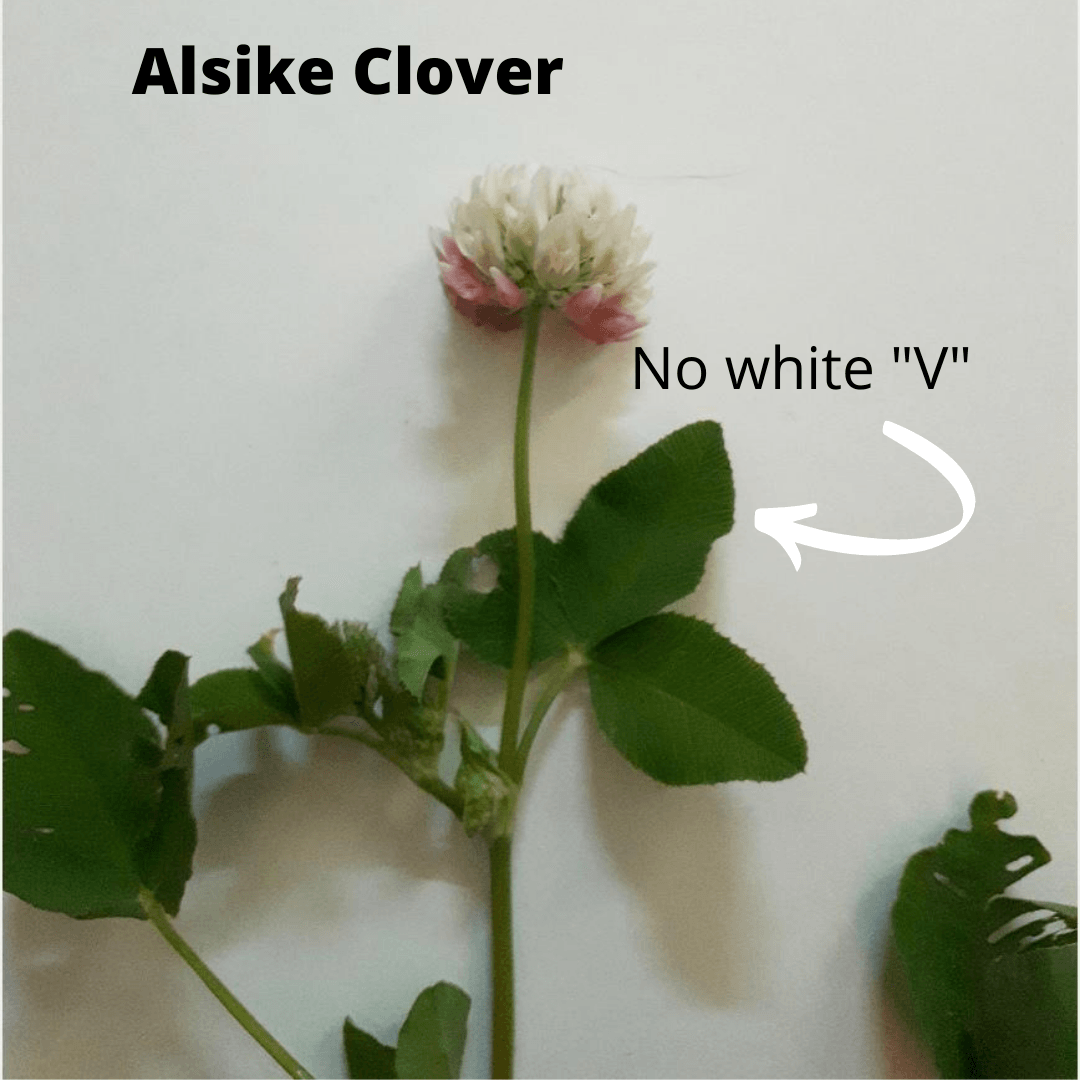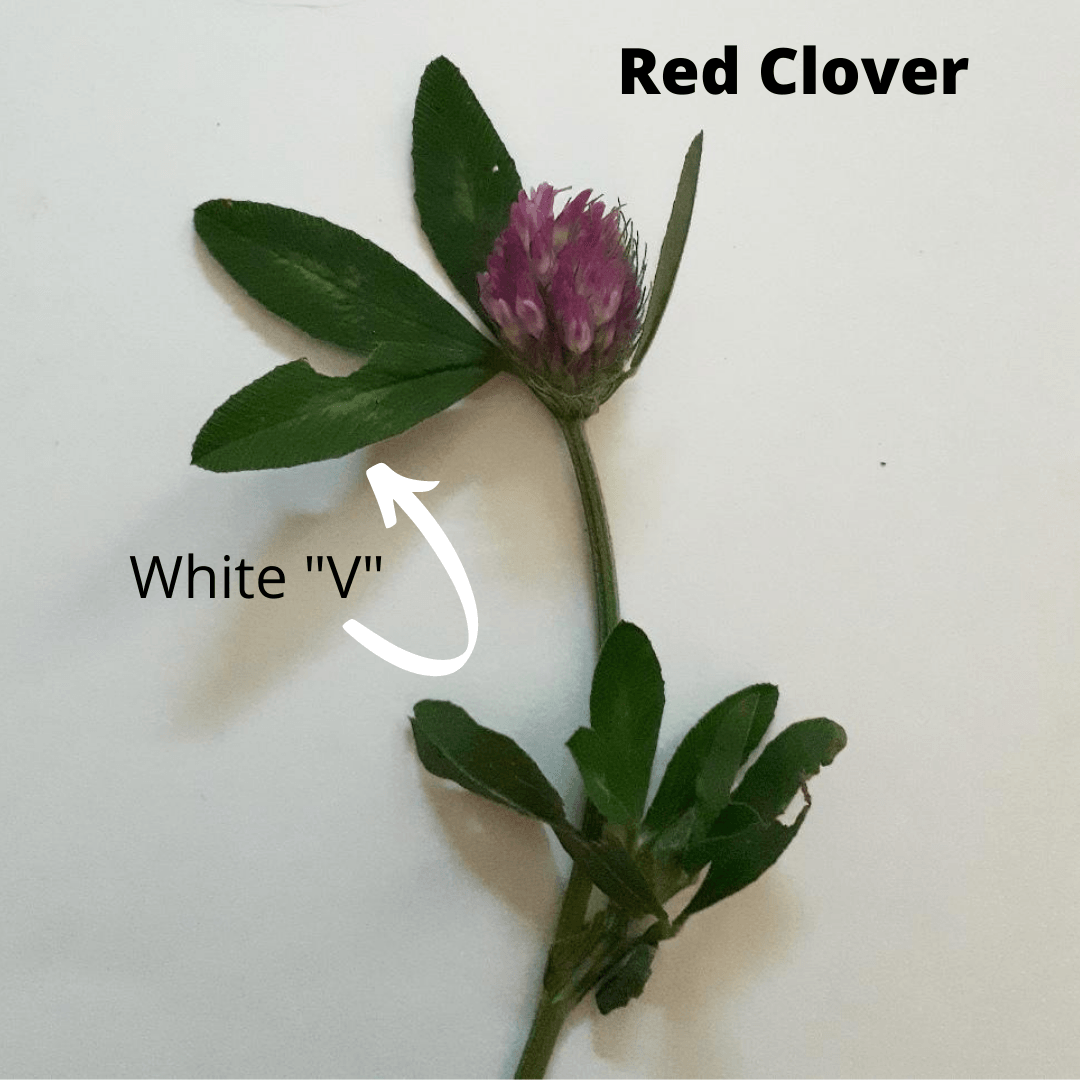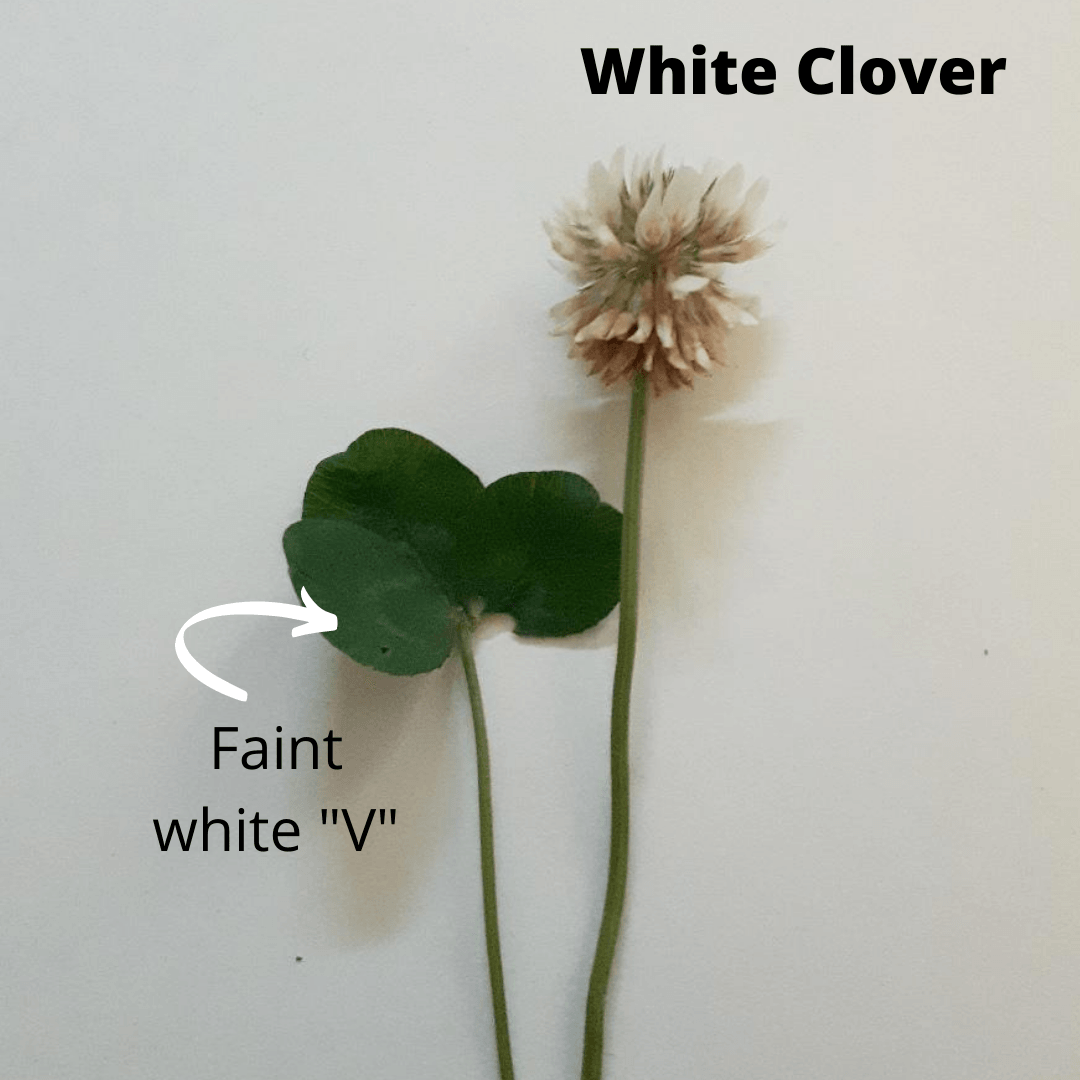Alsike Clover
Clover loves damp weather, so all this rain this year has not been helping, its everywhere. There are three types of clover: white clover, red clover and alsike clover. White and red clover are safe for horses to eat both in pasture and in hay. Red clover can be a good source of protein, though not all horses seem to like it. White and red clover in abundance may cause excessive salivation in horses, however this is not harmful. Alsike clover is a whole other matter. Alsike clover is toxic to horses (and other livestock species), both in pasture and in hay.
Alsike Clover (Trifolium hybridum)
Alsike is a cool climate plant so is most commonly found in farming areas in Canada. It loves cool climates and heavy, poorly drained soils. It grows 15-30 inches high with ½-inch diameter pink flowers. It lacks a white V shape on its leaves that are present in white and red clover.
The toxin in alsike clover has not been identified yet. We don't know whether it is in the leaves, flower, stem or throughout the whole plant. There is also one theory that the toxin is not created by the plant itself but by a mould that grows on alsike clover specifically. There is also a potential for alsike to cause nitrate poisoning from accumulated nitrates in the plants.
Identifying Clover
Your first step when you discover clover in your pasture or hay is to try and accurately identify the clover type. You can check here and the Canadian Poisonous Plants Information System for some good information and pictures that can help you identify the clover type(s) you. When identifying clover pay particular attention to leaf shape, toothing/serration on the edges, and if the stem has hair. Sometimes the white "V" shape on the leaves of red and white clover can be quite faint on some leaves. Click the photos below to enlarge.
As research into alsike clover toxicity is lacking, I recommend avoiding hay and pasture with alsike clover. If you are in doubt of the type of clover in the hay, then your best bet is to not buy it and look for something else. If you discover alsike clover in your pasture your best bet is to remove any horses from the pasture until the clover can be sprayed with a pasture safe herbicide (check with your local farm supply store for a recommended pasture-safe product) and the withdrawal time on the package has passed. In large areas you can reseed the sprayed areas with a good pasture mix. I do also recommend a hay test so you know the nutrient content of what you are feeding and can supplement it with an appropriate vitamin/mineral supplement or ration balancer as hay is deficient in some vitamins and minerals so it is important to provide these for your horse.
References
1. OMAFRA (2020), Alsike clover poisoning, photosensitization or photodermatitis in horses. http://www.omafra.gov.on.ca/english/livestock/horses/facts/info_alsike_clover.htm
2. CBIF (2014), Alsike clover, https://www.cbif.gc.ca/eng/species-bank/canadian-poisonous-plants-information-system/all-plants-common-name/canadian-poisonous-plants-information-system-alsike-clover-common-name/?id=1370403267052
3. Nation, P.N. (1991) Hepatic disease in Alberta horses: A retrospective study of “alsike clover poisoning” (1973-1988), Can Vet J; 32: 602-607.




